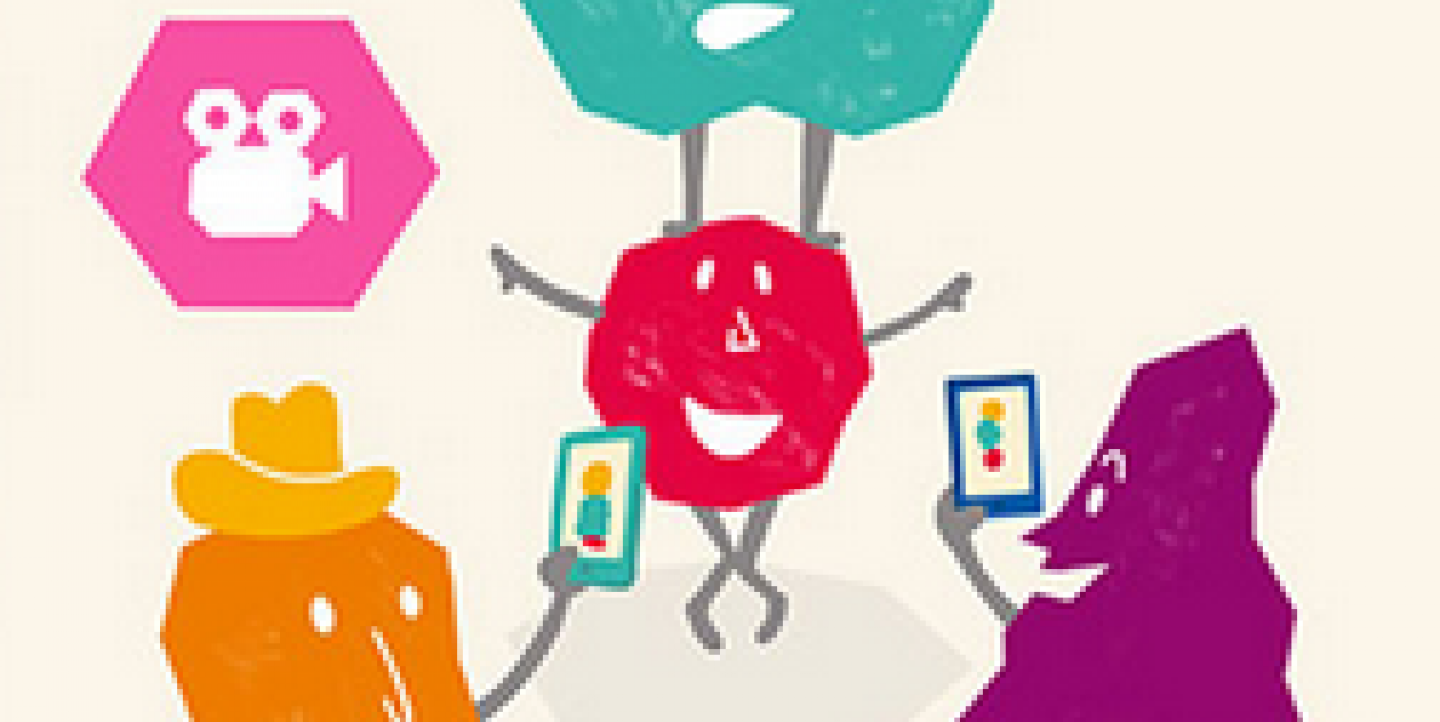For the past two years, I’ve gone to the South By Southwest (SXSW) Interactive festival in search of ideas and tools to bring to journalism. What I look for are new ways to improve people’s access to quality information and help more people become part of the news ecosystem.
In many countries, people have limited or no access to apps in their own languages, to advanced education on how to use technology for analyzing and sharing information and to hardware that many at SXSW might take for granted.
Here are some of the apps and platforms I learned about at SXSW that could help more people get the information they need:
Finally, a mobile social network for sharing maps. The key here is that the app syncs with other social media, like Facebook. This lets you easily crowdsource location recommendations.
What if you were reporting a story, and you weren't sure where to go? People on Facebook could point the way. Journalists could create curated maps to enhance their stories. Imagine being able to upload data, photos and videos collected at or associated with a certain location.
I immediately think of how it might be used in InfoAmazonia, Knight International Journalism Fellow Gustavo Faleiros’ online map of environmental data of the Amazon rainforest. He’s planning to launch InfoAmazonia’s citizen desk this year. Perhaps InfoAmazonia could use Plotter to gather data from the public on issues like water and air quality.
With a smartphone, users can show what’s happening right now in a particular location. Koozoo’s demo video focuses on tourist and entertainment attractions. But journalists could use it to show live footage as a government crumbles or as a corporation devastates the environment.
Koozoo could let us tell and personalize stories we might not otherwise see, in ways other apps designed around social sharing rather than location might not. It might be even more powerful if it could be combined with Plotter.
Developers can use OneTok to add voice recognition control to their apps. Users can then control the apps with their voices. This might be useful to users like the rural and tribal people served by the mobile news service CGNet Swara in India, who can’t read.
Letting people direct a phone by speaking into it could be the key to unlocking its power in places where people rely on verbal, not written, communication. But first, the tools would need to be adapted to local languages.
This enables organizations to create and host application programming interfaces (APIs) for their products in the cloud (for a fee). APIs let people use your data to create their own programs, apps, graphics and tools.
In his SXSW presentation, Knight Fellow Justin Arenstein said that media companies should think of their news as an API. Perhaps Apiphany is a solution that could make this easier to accomplish.
Anything that engages “the crowd” into the creation of content catches my eye. Vyclone syncs together videos that are shot and uploaded within a certain physical proximity (such as at a certain event) and that have overlapping start and end times. It stitches them together, offering many different angles of the same chronological moment.
Image screenshot via Vyclone.
Ben Colmery is deputy director of the Knight International Journalism Fellowships at the International Center for Journalists.
IJNet is produced by the International Center for Journalists and supported by donors including the John S. and James L. Knight Foundation.

